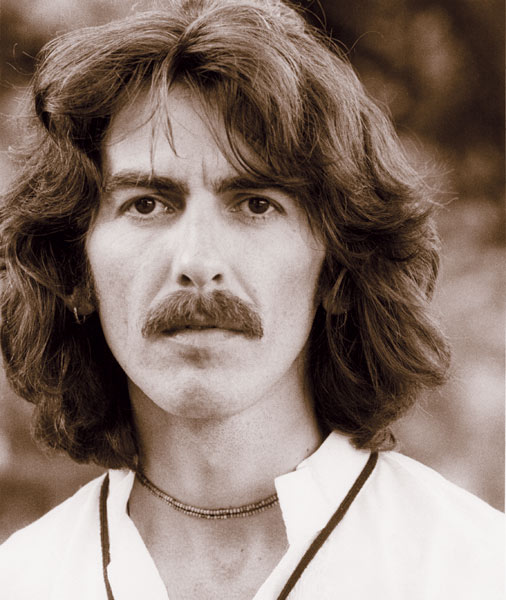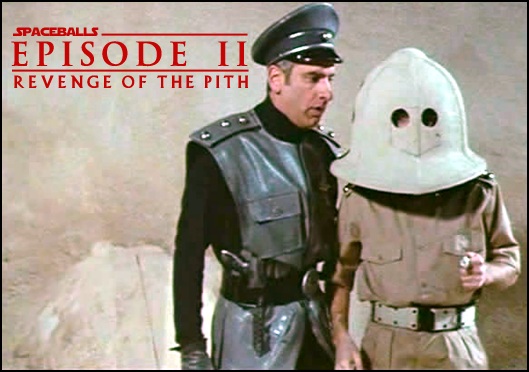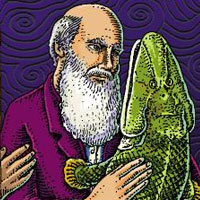Graduate Research Grants in Natural and Social Sciences
Applications due April 1, 2009
Petrified Forest National Park is pleased to announce two (2) research grants available to graduate students in the natural and social sciences. The goal of this program is to encourage graduate research in National Parks and provide opportunities for graduate students to publish research in NPS and scholarly journals. Awards of up to $4,000 each are available for one (1) natural resource research project and one (1) cultural resource research project for resources available within Petrified Forest National Park. Field research must take place within Petrified Forest National Park’s administrative boundary and fieldwork must be completed by September
15, 2009. Delivery of final report is subject to the nature of the research, but is due within 18 months from the start of the project. Field based research projects are strongly encouraged, although archival projects utilizing existing collections will also rank highly. Research projects should address issues of interest to the larger scientific community, under- or seldom-studied resources, or new approaches and methods. Research projects that directly contribute to the applicant’s M.A., M.S., or Ph.D. research will be favored.
Petrified Forest National Park contains an abundance of natural and cultural resources including: the largest expanse of recovering short-grass prairie in the Colorado Plateau and associated fauna, reptiles, and one of the most diverse concentrations of birds in Northern Arizona, paleontological resources, historic resources, ethnographic resources, and archaeological resources. The park’s paleontological resources span the Late Triassic and include reptiles, amphibians, invertebrates, petrified wood, and other plant fossils. The park’s cultural resources include archaeological remains from nearly every major time period from Paleoindian through Proto-historic periods, including Pueblo and Navajo materials, evidence of early Spanish explorers and missionaries, U.S. westward expansion in the 1800’s including the 35th parallel railroad route, Great Depression Era Civilian Conservation Corps works, and historic Route 66.
Eligibility: Must be currently enrolled in an accredited M.A., M.S., or Ph.D. program with at least TWO full semester of course work completed by summer 2009.
Housing: Housing will be provided at no cost in apartments located on park or in Holbrook (location subject to availability).
Application: Short research proposals (4 pg max, 12pt, single spc.) should include the following:
- Title and category of proposal (Natural or Social Science)
- Contact information and university affiliation: applicant and graduate advisor
- Research Question / Statement of Issue
- Proposed Methodology & Scope of Work (include if collections are necessary)
- Broader impacts and public purpose.
- Proposed budget with justification
Application packets must also include:
- Current Curriculum Vitae
- Graduate & Undergraduate Transcripts (unofficial is OK)
- Letter of Support from graduate advisor or Department Chair.
Award: Award recipients will be announced May 1. Funds will be distributed in four (4) equal installments, three (3) throughout fieldwork, and one (1), 25% of the total project funds, withheld until submission of final report.
For more information contact:
Archaeologist, Jason Theuer: (928) 524-6228 ext. 268, Jason_Theuer@nps.gov
Paleontologist, William Parker: (928) 524-6228 ext. 262, William_Parker@nps.gov






















